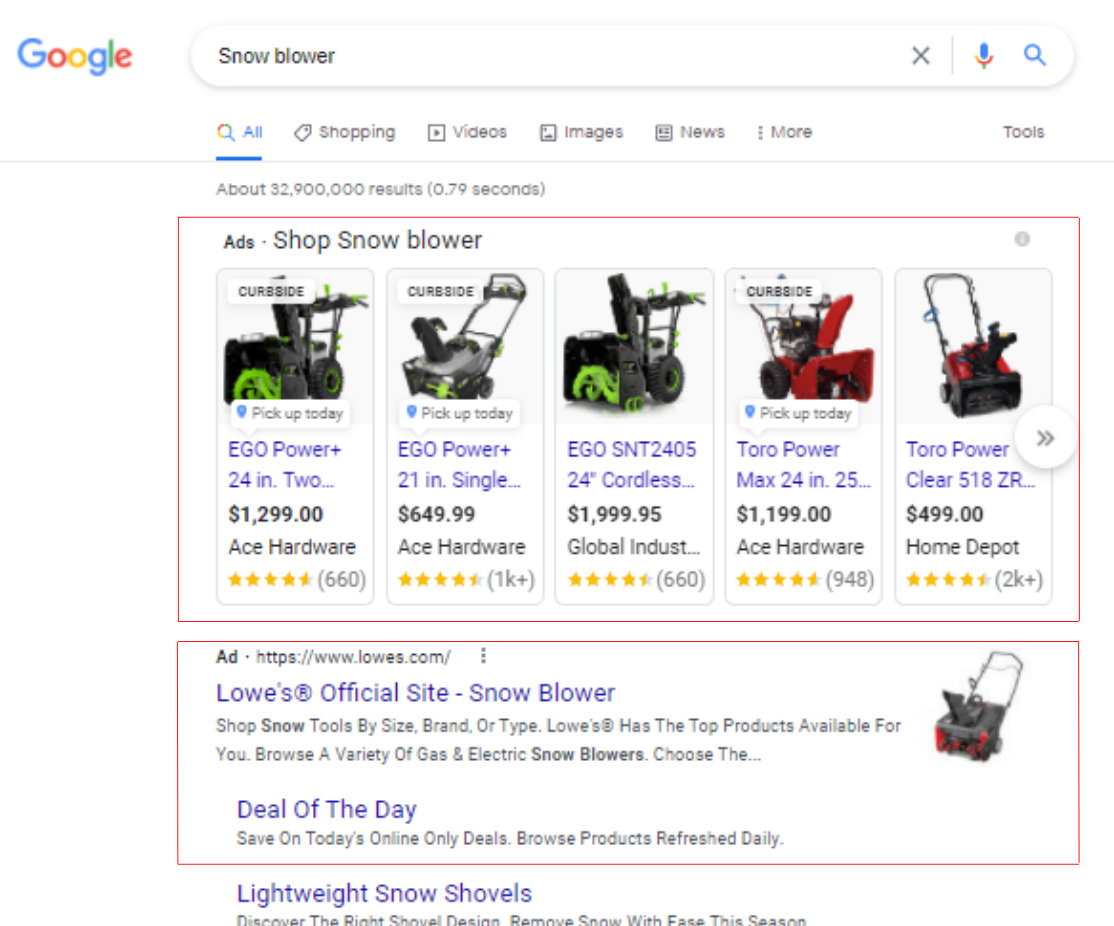
What is a SERP? All About The Search Engine Result Pages
It is more important than ever for digital marketers to know how search works and what can be done to maximize their online visibility.
Search engine optimization specialists and PPC advertisers compete for the same precious real estate in the most prominent parts of the SERPs, but competition is fierce and ever-growing. Technological developments in search have made it more important than ever to understand how search works and what can be done to maximize your online visibility.
What Are SERPS and How Do They Work?
Search engine results pages are web pages that are served to users when they search for something online using a search engine, like Google or Bing. The user will type in their search query (often using specific terms and phrases known as keywords), based upon their search query they are then presented with a SERP. (Check out our blog on, How to Find New SEO Keywords for more information)
Every SERP will be unique to the user, even for search queries performed on the same search engine using the same keywords or queries. This is due to all search engines customizing the experience for their users by presenting results based on a variety of factors beyond just the typed-in query, such as location, browsing history, and social settings.
The search engine results page is constantly changing due to experimental changes conducted by Google, Bing, and other search engines to provide their users with a more intuitive and responsive experience. Combining this with emerging and rapidly developing technologies in the search space, mean that today’s SERP will differ greatly in appearance from their old predecessors.
Organic Results
SERPs usually present you with two types of content- “organic” results and paid results. Organic results are the listings of web pages that appear as a result of the search engine’s algorithm. SEO professionals, commonly known as SEOs, specialize in optimizing web content and websites to better rank for the organic search results.
The box on the right column of this SERP is known as the Knowledge Graph. This feature was introduced by Google in 2012 that pulls data for commonly asked questions from various sources across the web to provide a concise answer to a question in on a central location on the SERP. Shown in this screen grab is a wide range of information about Grand Rapids Michigan such as elevation, weather, population, local time, the current mayor- many of the listed facts also have their own links to relevant pages.
Some SERPs will provide more organic results than others, such as the example above. This is because of the differing intent of various searches.
3 primary types of Internet searches:
Informational– Informational searches are those that the user hopes to find information on a given topic, such as Grand Rapids. It doesn’t make too much sense to place ads or other paid results on this type of internet search since this search query has very low commercial intent- the vast majority of searches are not looking to purchase something.

Organic Results on the SERP
Navigational– Navigational searches are those in which the user is looking to locate a specific website. Usually, this is for individuals searching for a specific website, trying to locate a website that they can no longer remember the URL or another type of navigational search.
Transactional – Transactional searches are those in which paid results are most likely to be displayed on the SERP. These searches have high commercial intent and search queries leading to transactional SERPs maybe including keywords like “buy” and other terms that suggest wanting to make a purchase.
Paid Results
In contrast to organic results, paid results are those that have been paid to be displayed by an advertiser. Before, paid results were typically limited to small, text-based ads that were displayed above and to the right of the organic results. Now, paid results take on a wide range of forms, and there are dozens of advertising formats that cater to advertisers.

Paid Results on the SERP
In the example to the left (a SERP feature for the search query “snowblower”), the image-based ads shown on the very top are Shopping Ads, a feature offered on the Google Ads platform that allows eCommerce retailers’ product information to be shown alongside other results. Shopping ads typically contain a wide range of information, such as product availability, reviews, promotions, and more.
The Lowes.com listing is a paid result. This section, which is beneath the Shopping Ads, is prime real estate for advertisers and is usually PPC ads. Typically, the PPC ads will incorporate ad extensions that allow prospective customers to navigate to specific pages on their website directly from the ad.
Generally, there will be a map and business listings shown on the SERP that are NOT paid results. The map is shown based on a user’s location, and feature listings for local businesses that have set up their free Google My Business Listing. Google My Business is a free directory of companies that helps smaller local businesses increase their visibility to searches based on location, particularly important for mobile searches.
Spectrum Net Designs Can Help!
Are you interested in moving your web pages to the first page of Google? What about sharing your opportunity with those who are actively searching for your product or service? We offer a multitude of marketing services to help attract more business for you. Everything from SEO optimization, Social Media Advertising, Paid Google Search & Display Ads, to logo design and development.